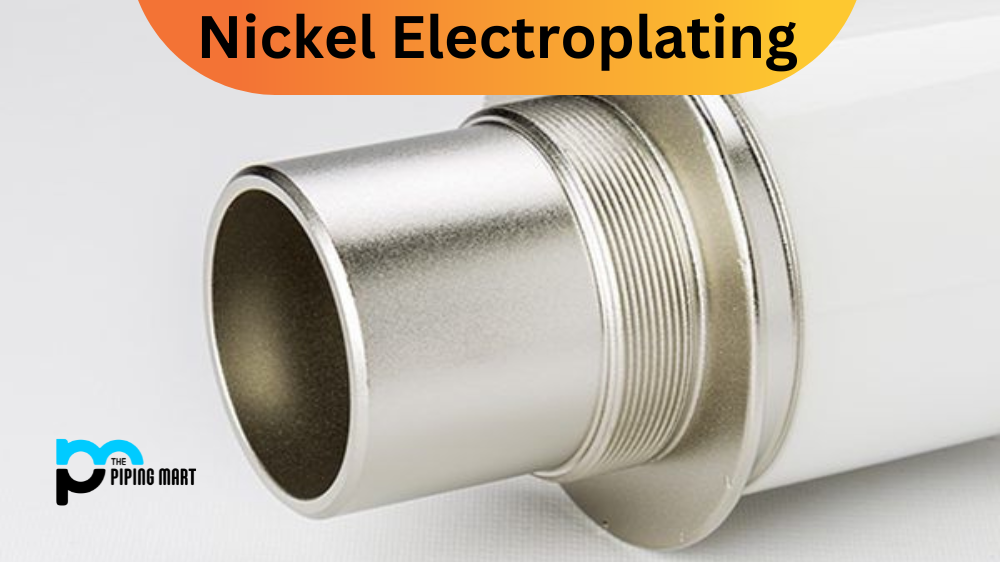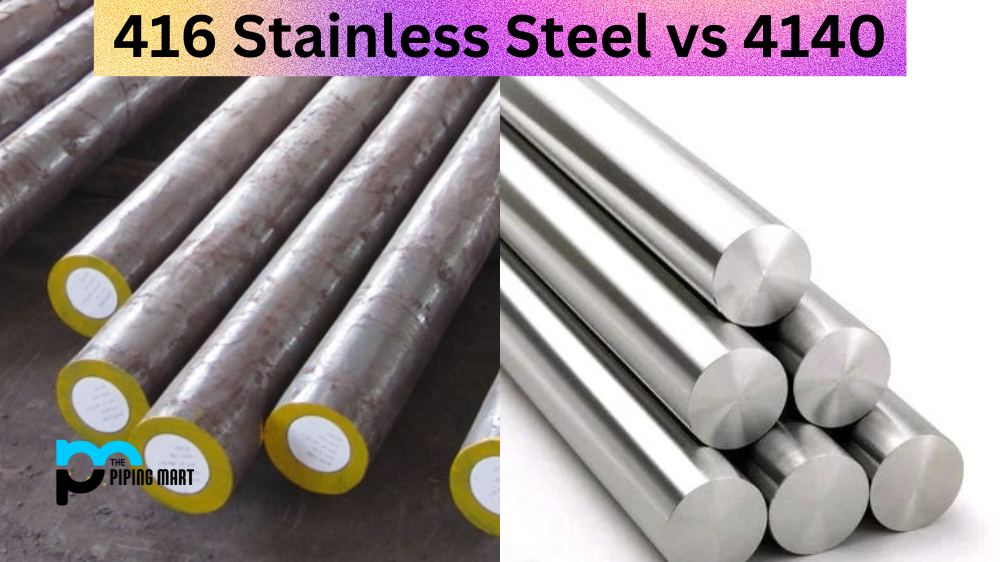Using the right material for your project can make all the difference. Two popular materials for manufacturing parts and components are 8620 steel and 416 stainless. These materials are widely used in different industries and applications, but what is the difference between them? In this blog, we’ll look at 8620 steel and 416 stainless, their properties, advantages, and disadvantages to help you determine which suits your needs better.
Difference Between 8620 Steel and 416 Stainless
Properties of 8620 Steel and 416 Stainless
8620 steel is a widely used alloy that contains nickel, chromium, and molybdenum. It is a low alloy steel with excellent toughness and high strength. It is commonly used for gears, sleeves, and complex shapes where toughness and wear resistance are needed. 416 stainless, conversely, is a free-machining martensitic stainless steel that contains sulfur and is commonly used in the medical, aerospace, and firearms industries.
Advantages of 8620 Steel and 416 Stainless
8620 steel has high tensile strength and toughness, making it highly resistant to shock and impact loads. It is also easily carburized and hardened to achieve maximum hardness and wear resistance. 416 stainless, on the other hand, has excellent machinability due to its sulfur content. It can be easily machined, threaded, and drilled, making it ideal for applications where complex shapes are required.
Disadvantages of 8620 Steel and 416 Stainless
8620 steel is known for its low weldability and is not recommended for welding unless using a low-hydrogen process. Its low carbon content also makes it susceptible to corrosion, although it can be improved by adding a coating. 416 stainless, on the other hand, has poor weldability due to its high sulfur content. It also has low toughness and is susceptible to stress corrosion cracking.
Applications of 8620 Steel and 416 Stainless
8620 steel is widely used in different industries and applications due to its toughness and strength. It is commonly used for gears, cranks, and shafts in automotive, agricultural, and industrial machinery. 416 stainless, on the other hand, is widely used in the medical, aerospace, and firearms industries due to its excellent machinability and corrosion resistance.
Conclusion
Choosing between 8620 steel and 416 stainless depends on your project’s requirements and applications. 8620 steel is ideal for high tensile strength and toughness, while 416 stainless is ideal for applications requiring excellent machinability and corrosion resistance. Both materials have advantages and disadvantages, but with the right selection, you can achieve the best results for your project.

Abhishek is a seasoned blogger and industry expert, sharing his insights and knowledge on various topics. With his research, Abhishek offers valuable insights and tips for professionals and enthusiasts. Follow him for expert advice on the latest trends and developments in the metal industry.




